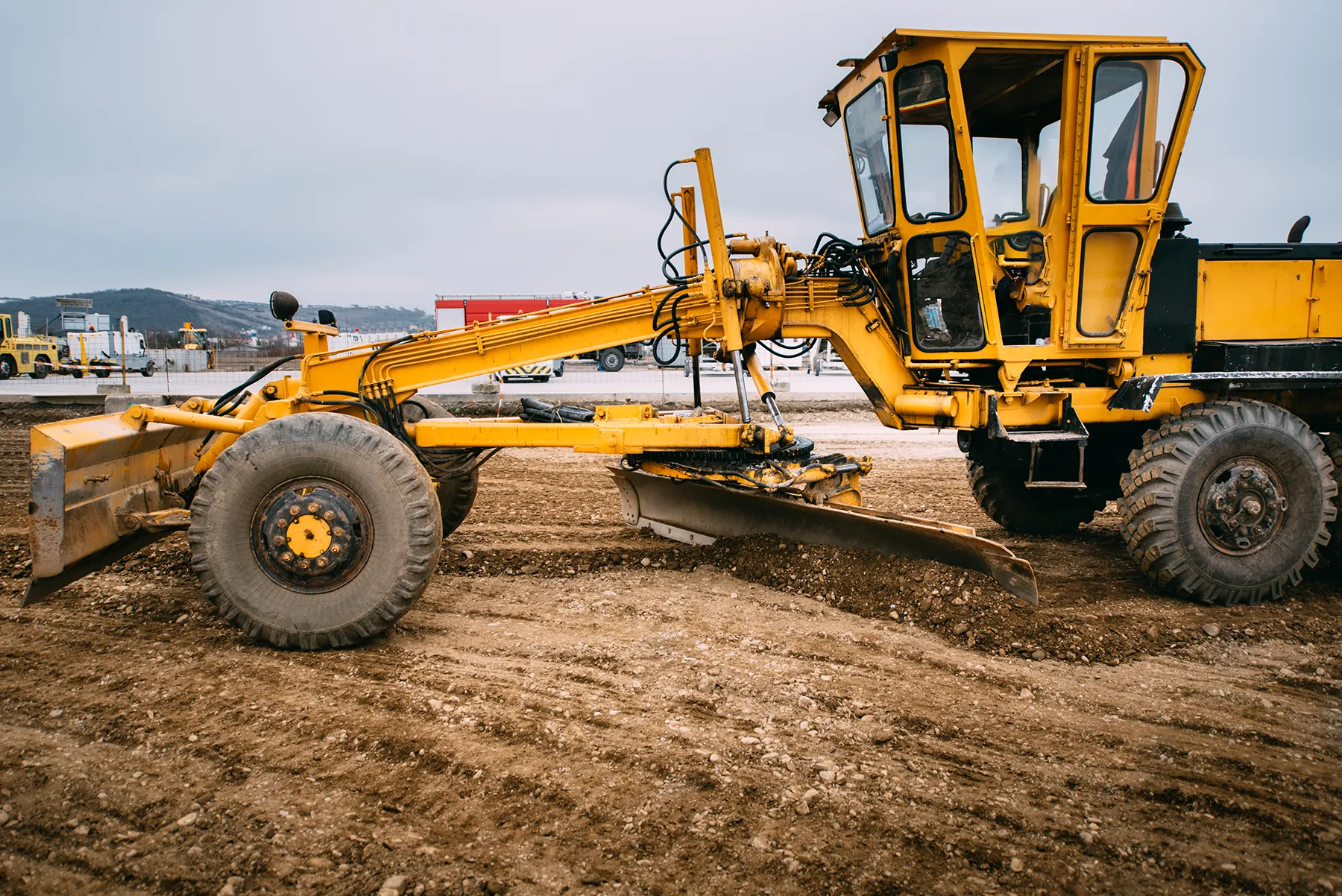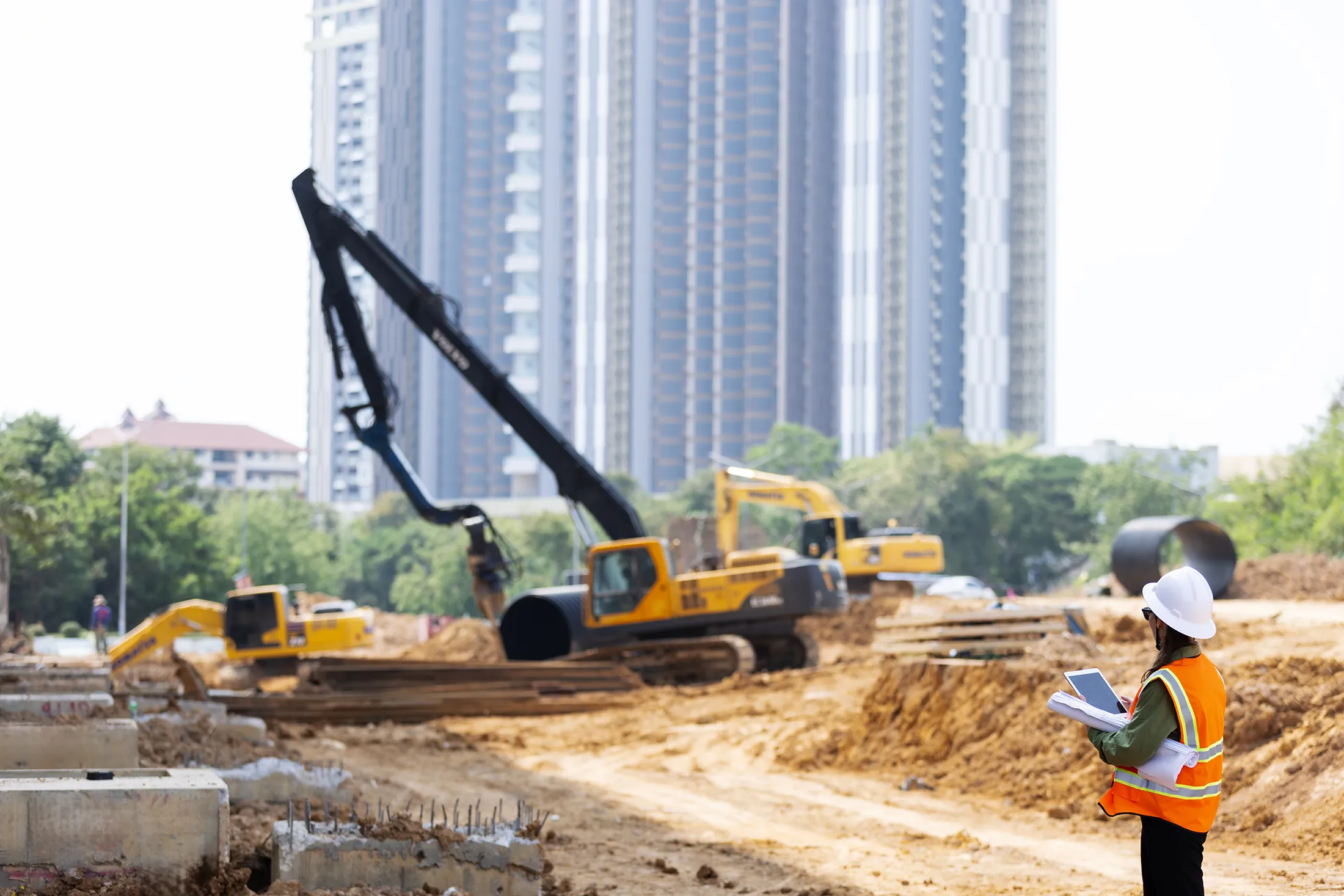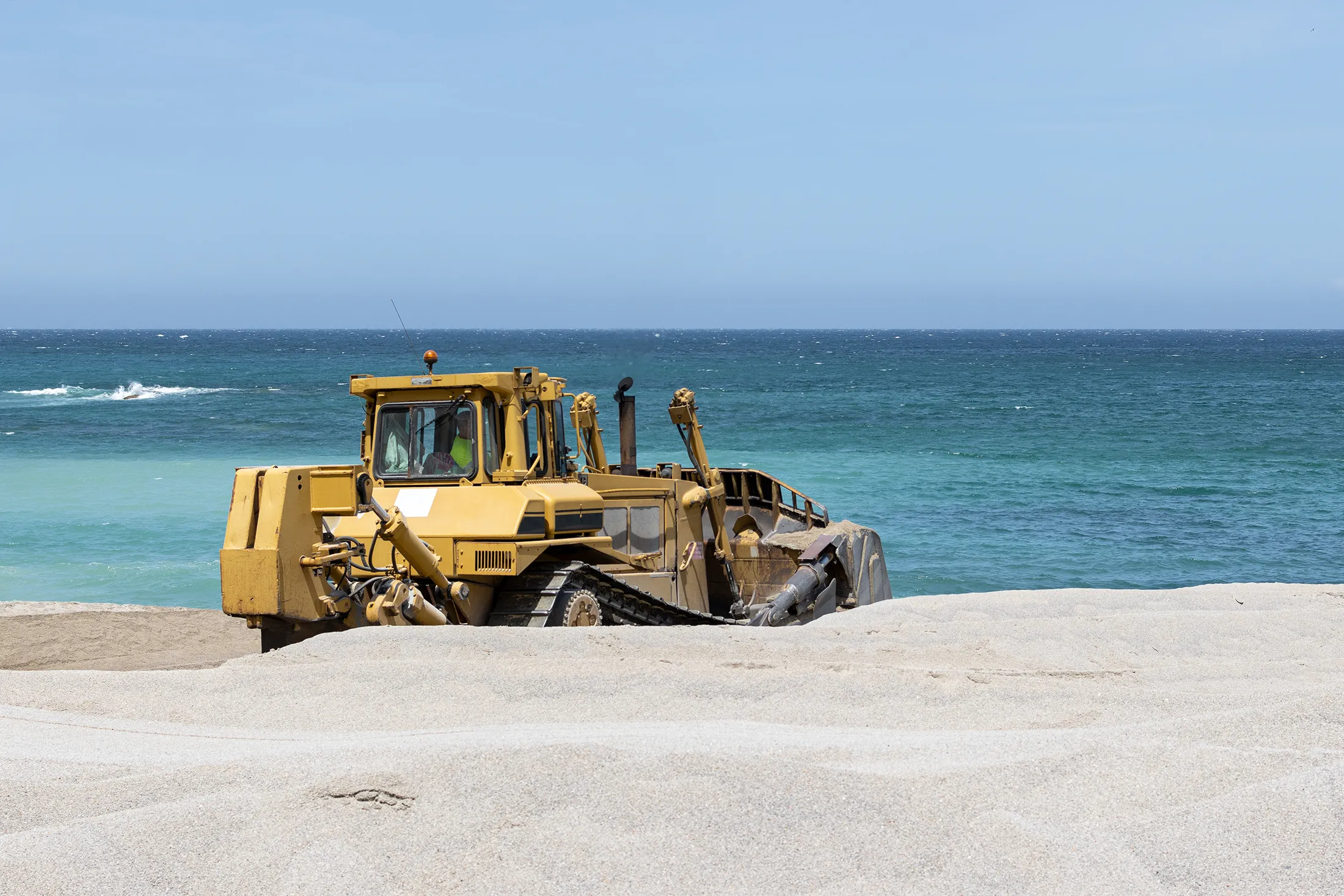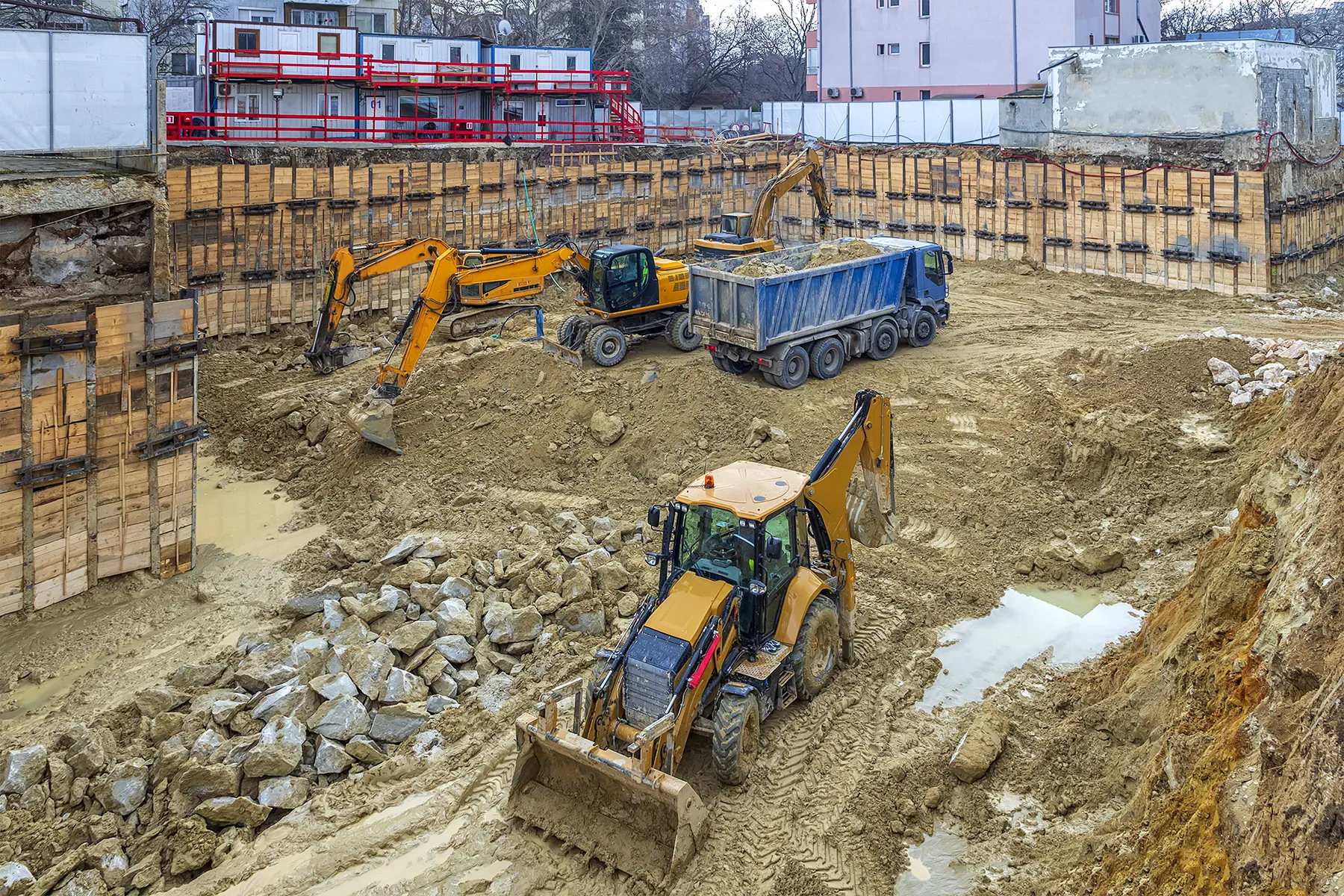
How to Choose the Right Ground Improvement Method for Your Project
Ground improvement is a critical component in ensuring the stability and longevity of construction projects. Selecting the appropriate method can be the difference between a successful build and costly setbacks. With various techniques available, it can be challenging to determine which method best suits your project’s needs. In this blog, we’ll guide you through the process of choosing the right ground improvement method, drawing from professional expertise and practical experience.
The Foundation of Success
When embarking on a construction project, the ground on which you build is just as important as the structure itself. Poor soil conditions can lead to structural failures, delays, and increased costs. Ground improvement techniques offer solutions to enhance soil properties, providing a solid foundation for your project. Understanding the different methods and their applications is crucial for making an informed decision that ensures safety and efficiency.
Main Ideas
- Understanding Ground Improvement Methods
- Assessing Soil Conditions
- Project Requirements and Constraints
- Evaluating Cost and Time Factors
- Questions to Consider
1. Understanding Ground Improvement Methods
Ground improvement methods encompass a variety of techniques designed to enhance the engineering properties of soil. These methods can be broadly categorized into mechanical, chemical, and physical processes.
Quick Summary:
Mechanical methods: Increase soil density through compaction.
Chemical methods: Alter soil properties using additives.
Physical methods: Modify soil structure via processes like freezing or heating.
Mechanical Methods:
- Dynamic Compaction: This technique involves dropping heavy weights from a significant height to compact the soil. It is highly effective for sandy or loose soils, increasing their density and load-bearing capacity. Dynamic compaction can quickly improve soil strength, making it a popular choice for large, open areas.
- Vibro-Compaction: Used primarily for granular soils, this method involves inserting a vibrating probe into the ground to rearrange soil particles and increase density. Vibro-compaction is ideal for projects where high soil density is required without the need for heavy equipment.
- Deep Soil Mixing: This involves mechanically mixing the soil with a stabilizing agent, such as cement or lime, to enhance its properties. Deep soil mixing can improve the strength and stiffness of weak soils, making it suitable for projects requiring immediate construction.
Chemical Methods:
- Lime Stabilization: Adding lime to clay soils can significantly improve their strength and stability. The lime reacts with the soil to form cementitious compounds, enhancing load-bearing capacity and reducing plasticity. This method is particularly useful for road construction and other infrastructure projects.
- Cement Stabilization: Mixing cement with soil creates a durable and stable material. Cement stabilization is effective for a wide range of soils and can be used in various applications, from building foundations to highway embankments.
Physical Methods:
- Ground Freezing: This technique involves circulating coolant through pipes to freeze the soil, creating a temporary solid mass. Ground freezing is often used in tunneling and excavation projects near sensitive structures where ground movement must be minimized.
- Thermal Methods: These include techniques like soil heating, which can be used to dry out wet soils or improve their properties. Thermal methods are less common but can be effective in specific situations.
2. Assessing Soil Conditions
The type of soil present at your construction site plays a pivotal role in selecting the appropriate ground improvement method. Conducting a thorough geotechnical investigation is essential to understand soil properties, including type, density, moisture content, and bearing capacity.
Quick Summary:
Importance of soil analysis.
Matching methods to soil types.
Soil Analysis:
- Geotechnical Surveys: Use tools like boreholes, test pits, and soil sampling to gather data on soil characteristics. This information helps engineers understand the soil’s behavior and determine the most effective ground improvement techniques.
- Laboratory Testing: Conduct tests to measure soil properties such as grain size distribution, Atterberg limits, compaction characteristics, and shear strength. These tests provide valuable insights into the soil’s performance under different conditions.
Method Suitability:
- Granular Soils: Techniques like vibro-compaction and dynamic compaction work well with granular soils, increasing their density and stability.
- Clayey Soils: Chemical stabilization methods, such as lime or cement stabilization, are effective for clayey soils, enhancing their strength and reducing plasticity.
3. Project Requirements and Constraints
Each construction project has unique requirements and constraints that influence the choice of ground improvement methods. These can include the type of structure being built, environmental considerations, and available space.
Quick Summary:
Identifying project-specific needs.
Considering environmental and spatial constraints.
Structural Requirements:
- Building Foundations: Heavy structures like high-rise buildings require robust ground improvement methods to ensure stability. Deep soil mixing and cement stabilization are often used for these projects.
- Infrastructure Projects: Roads, bridges, and railways need durable and stable ground conditions. Techniques like dynamic compaction and lime stabilization are suitable for these types of projects.
Environmental Considerations:
- Groundwater Protection: Chemical methods may pose risks to groundwater quality, requiring careful management and monitoring. Techniques like deep soil mixing can be designed to minimize environmental impact.
- Ecosystem Preservation: In environmentally sensitive areas, methods that cause minimal disturbance to the surrounding ecosystem should be prioritized. Ground freezing and thermal methods are examples of techniques that can be used with minimal impact on the environment.
Spatial Constraints:
- Urban Areas: Limited space in urban areas might necessitate methods that do not require extensive equipment or significant disturbance to the surrounding area. Vibro-compaction and ground freezing are suitable for projects with space constraints.
- Remote Locations: Projects in remote locations may require ground improvement methods that are easily transportable and do not rely on large machinery. Chemical stabilization methods can be effective in these scenarios.
4. Evaluating Cost and Time Factors
Cost and time are significant factors in any construction project. Understanding the budget and timeline constraints can help in selecting a ground improvement method that balances effectiveness with economic feasibility.
Quick Summary:
Balancing cost and effectiveness.
Understanding time implications of each method.
Cost Analysis:
- Initial Expenses: Compare the initial costs of different ground improvement methods. Mechanical methods like dynamic compaction may have lower upfront costs compared to chemical stabilization.
- Long-Term Benefits: Consider the long-term benefits and maintenance costs. While some methods may have higher initial costs, they might offer better durability and lower maintenance expenses over the project’s lifespan.
Time Efficiency:
- Project Timeline: Assess the time required for each method to achieve the desired ground improvement. Dynamic compaction can be completed relatively quickly, making it suitable for projects with tight schedules.
- Cure Time: Some methods, such as chemical stabilization, require time for the additives to fully react with the soil. This curing period must be factored into the overall project timeline.
5. Questions to Consider
To make an informed decision, it’s essential to reflect on specific questions related to your project. These questions help in evaluating the suitability of various ground improvement methods.
What are the primary soil issues at my site?
- Identify the key challenges posed by the existing soil conditions. This could include low bearing capacity, high plasticity, or excessive moisture content.
Which ground improvement methods are most compatible with my project’s soil type?
- Match the soil type with the most effective ground improvement techniques. Granular soils may benefit from mechanical methods, while clayey soils might require chemical stabilization.
What are the environmental implications of each method?
- Evaluate the potential environmental impact of each ground improvement method. Consider factors such as groundwater protection, ecosystem preservation, and compliance with environmental regulations.
How does each method fit within my budget and timeline?
- Balance the costs and time requirements of different methods with your project’s budget and schedule constraints. Ensure that the chosen method aligns with your financial and temporal resources.
Are there any site-specific constraints that might limit the use of certain methods?
- Consider any unique constraints posed by your construction site, such as limited space, access issues, or proximity to existing structures. Choose methods that can be effectively implemented within these constraints.
Contact Us
Choosing the right ground improvement method for your project is a crucial step in ensuring the success and longevity of your construction efforts. By understanding the various techniques, assessing soil conditions, considering project requirements, and evaluating cost and time factors, you can make an informed decision that aligns with your project’s goals. At Densification, we leverage our expertise in ground improvement, soil improvement, and advanced engineering techniques to guide you through this process, ensuring your project stands on a solid foundation.
Remember, the key to successful ground improvement lies in thorough planning and informed decision-making. Take the time to analyze your project’s unique needs, consult with experts, and choose the method that offers the best balance of efficiency, cost-effectiveness, and environmental responsibility. With the right approach, you can build with confidence, knowing that your project is grounded in solid, stable soil.
By embracing these principles and strategies, you not only enhance the stability and durability of your construction project but also contribute to sustainable and responsible building practices. Let’s build a future where every project stands on the strength of well-improved ground.
For more information or to discuss how Dynamic Compaction can benefit your project, contact us today. We are here to provide expert guidance and support for all your ground improvement needs.











